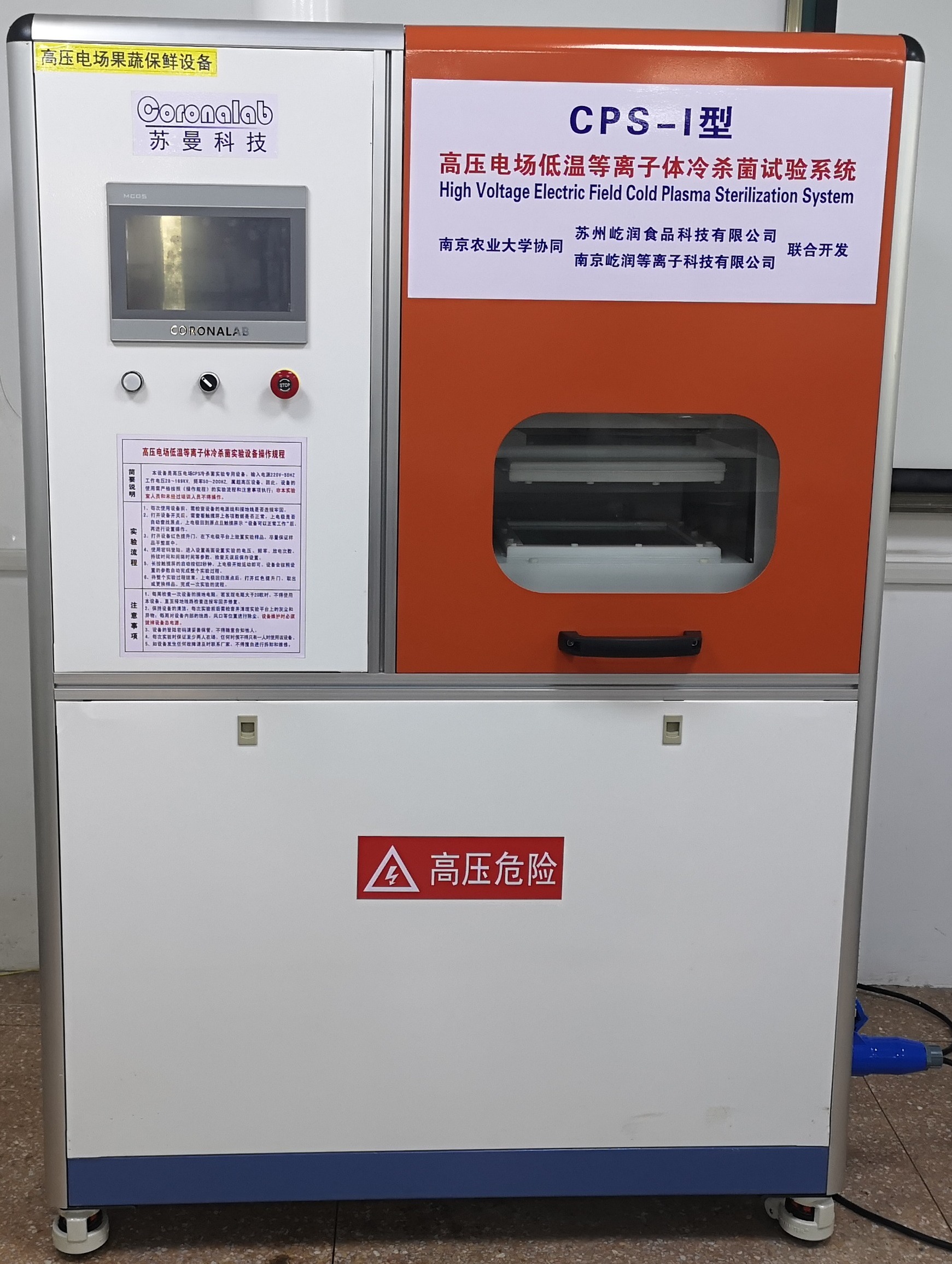
Low temperature plasma sterilization system could generate photons, ions, electrons, radicals, UV, free radicals and ROS. UV treatment causes changes in the genome in the cell nucleus of the microorganism, and its DNA bases turns into pyrimidine dimers. Microorganisms are also bombarded by plasma produced free radicals that cause irreparable injury to cell membranes, which results in the rapid destruction of the cells. In addition, when plasma is generated, there is a considerable amount of ultraviolet photons in the ultraviolet light, which can break the chemical bonds of some cells and molecules in microorganisms, and eventually generate some volatile substances, such as carbon monoxide (CO), hydrocarbon (CHX), etc. All of these molecular events cause the death of microorganisms. Under the appropriate conditions, this technique can work at relatively low temperatures (<50°C); therefore, it is possible to achieve optimal results in food sterilization with a fine selection of operative parameters (RF power, gas flow, pressure and electrode distance). Moreover, three groups C=O, -COOH and −OH are formed on the surface of the object after low temperature plasma treatment. Therefore, low temperature plasma sterilization system is often used to modify starch, protein and other substances.

